Garden design on a slope for front yards has steadily gained popularity as homeowners seek to make the most of challenging terrains. Initially, the notion of landscaping a sloped yard might appear daunting and near impossible. But, like all creative endeavors, it offers a unique charm and endless possibilities. A sloped garden has the potential to transform a bland front yard into an enchanting, dynamic landscape that serves as a striking first impression. By embracing the natural contours of your property, you can craft a garden that's not only visually captivating but also practical and environmentally friendly. Get inspired to tackle that slope with confidence and turn it into an inviting oasis with these garden design ideas.
Layered flower beds with decorative stone features. This design utilizes the slope effectively while adding visual interest and structure. Source
Layered planting beds. Incorporating staggered black planters can create depth and dimension, enhancing visual interest in sloped front yards. Source
Colorful perennial beds and natural stone accents. This design utilizes varying plant heights and textures to create visual interest on a sloped front yard. Source
Curved stone borders with diverse plantings. This design not only adds visual interest but also helps to manage soil erosion on a slope while creating a vibrant, layered effect. Source
Layered planting beds with native shrubs and perennials. This design utilizes the slope effectively, providing visual interest and promoting ecological sustainability. Source
Layered plantings with ornamental grasses and deciduous trees. This design effectively utilizes varying heights to create visual interest and depth on a sloped front yard. Source
Lush layered planting beds with ornamental grasses and shrubs. This design approach softens the slope while providing visual interest and habitat for wildlife. Source
Tiered planting beds. Incorporating tiered planting beds on slopes enhances stability and increases visibility for a variety of plants, creating an attractive and functional garden design. Source
Layered rock garden with cascading water features. This design not only enhances the aesthetic appeal of a sloped front yard but also allows for efficient drainage and adds soothing ambiance. Source
Cozy seating area with a circular fire pit highlighted by stone pavers and lush landscaping. This design creates an inviting focal point for relaxation and social gatherings. Source
Tiered planting beds with mulch, ornamental rocks, and flowering shrubs. This design utilizes the slope effectively, providing visual interest and preventing soil erosion. Source
Natural terraced planting beds. Incorporate diverse shrubs and perennials to stabilize the slope, enhance biodiversity, and create visual interest. Source
Terraced garden beds with ornamental shrubs. This design utilizes the slope effectively, creating visual interest while managing soil erosion. Source
Concrete pathway with native shrubbery: Integrating a gently sloped concrete path leading to low-maintenance native plants enhances accessibility while promoting local biodiversity. Source
Terraced garden with seating and palm trees. This design maximizes space on a slope while providing areas for relaxation and enhancing privacy. Source
Lush plant beds with varied heights. Incorporating terracing and low-maintenance shrubs will enhance the slope's visual appeal and create a structured, inviting entrance. Source
Natural stone features. Incorporate boulders and gravel pathways alongside native plants to create a harmonious slope garden that enhances stability and visual interest. Source
Terraced garden beds with stone steps. This design effectively utilizes the slope, creating a visually appealing layered look while enhancing drainage and accessibility. Source
Layered plant beds. Incorporating a variety of drought-tolerant plants will enhance visual interest and reduce maintenance in sloped front yards. Source
Layered plant beds. Incorporate a mix of low-growing shrubs and colorful flowering plants along the slope. This design enhances visual interest while controlling erosion effectively. Source
Layered planting beds. Incorporate native plants along with stepping stones and gravel paths to enhance drainage and stability. This design can effectively manage runoff while creating an attractive, tiered landscape. Source
Lush terraced plant beds with decorative stones. Incorporating levels can create visual interest and improve drainage on slopes. Source
Retaining walls
Retaining walls are super useful for creating different levels in your garden and preventing soil erosion. They come in various materials like stone, concrete, or wood, so you can pick one that matches your style. Plus, you can even turn them into plant beds or seating areas for a more functional outdoor space.
Terraced landscaping
Terraced landscaping creates stunning levels in your garden, making it visually appealing while maximizing limited space. You can mix plants, flowers, and even small seating areas on each terrace, adding charm and function. It's a cool way to create a unique vibe without needing a massive plot of land.
Drainage systems
Good drainage systems are a must for any garden, preventing water from pooling and ruining your plants. You can opt for options like French drains or dry wells to manage excess rainwater effectively. Installing permeable paving also helps, allowing water to seep through and keep your outdoor space looking fresh.
Native plant selection
Choosing native plants for your garden is a game changer. They thrive in local conditions, attract native pollinators, and require less maintenance. Plus, they're super versatile, adding unique beauty and character to your outdoor space.
Erosion control measures
Erosion control in garden design is key to keeping soil in place, especially on slopes. You can use plants with deep roots, like native grasses or shrubs, to help stabilize the ground. Incorporating terraces or retaining walls can also do wonders, creating a visually appealing space while preventing soil loss.
Pathway design
Pathway design can totally transform a garden vibe. Curvy, winding paths add a sense of adventure while straight paths create a more formal look. Materials like gravel, bricks, or stones can enhance the aesthetic and set the tone for the entire space.
Lighting considerations
When planning garden lighting, think about how it'll highlight your plants and pathways. Use soft, warm lights to create a cozy atmosphere while positioning brighter lights for safety and visibility on darker paths. Layering your lighting with different types like uplights, downlights, and string lights can really add depth and character to your outdoor space.
Garden design on a sloped front yard involves innovative landscaping techniques to manage elevation and enhance aesthetic appeal. Designers often use terracing techniques, such as creating multiple flat tiers with stone or wood retaining walls, to prevent soil erosion and facilitate plant growth. The result is a functional and visually dynamic garden that seamlessly integrates the natural slope of the land, often featuring strategically placed walkways, water drainage solutions, and a diverse selection of plants suited to varied sunlight and water conditions across the elevation.

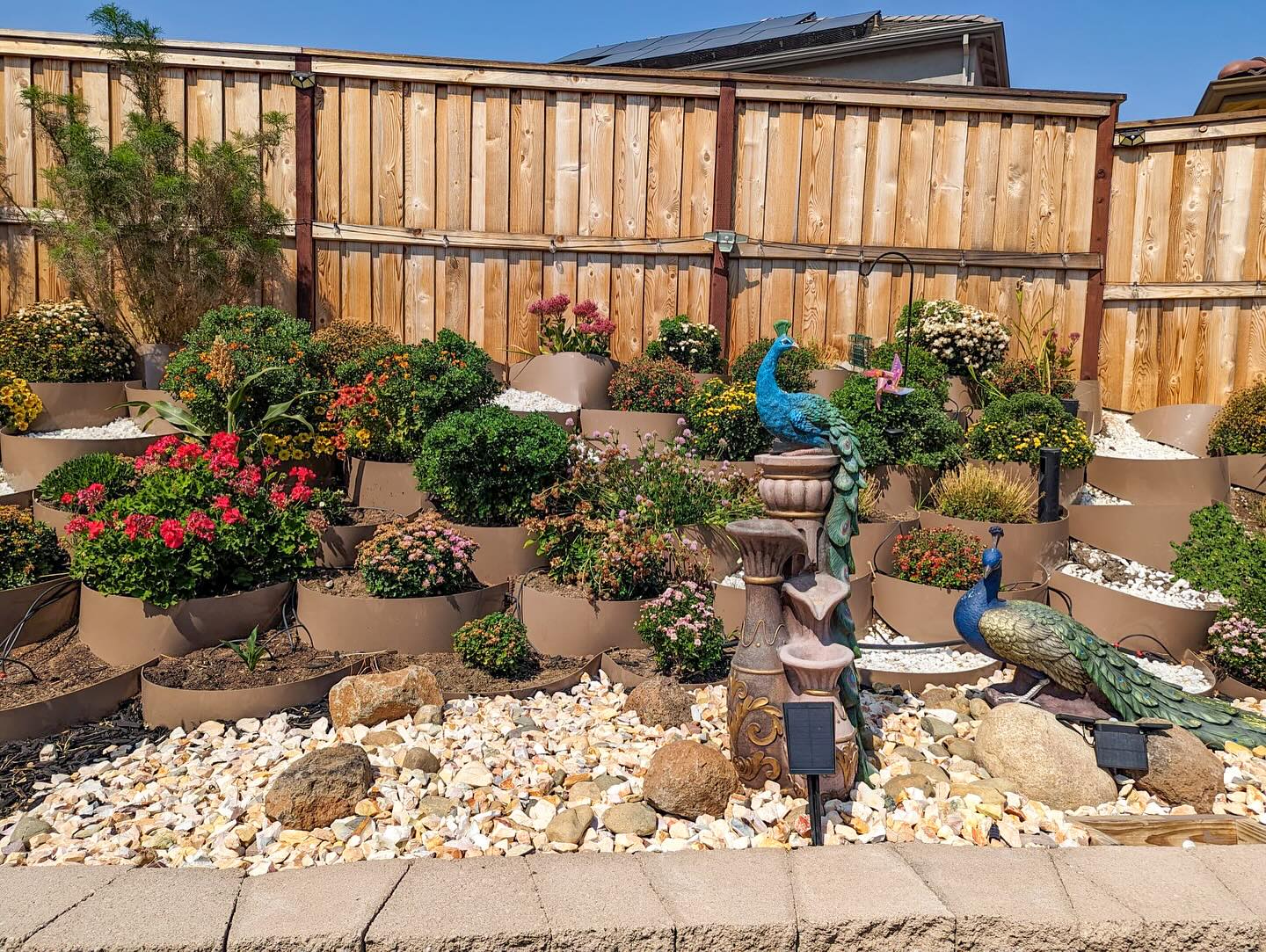
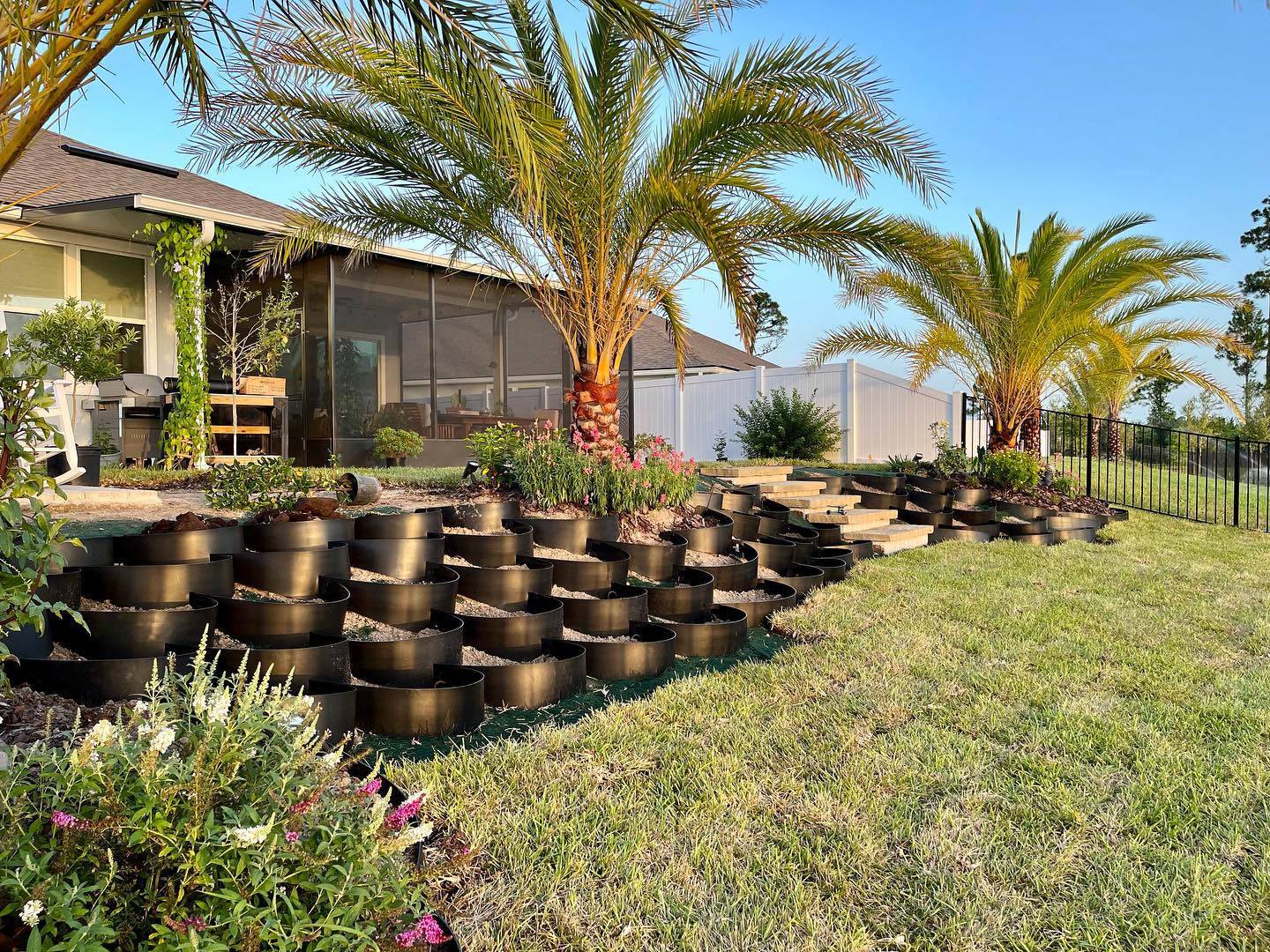
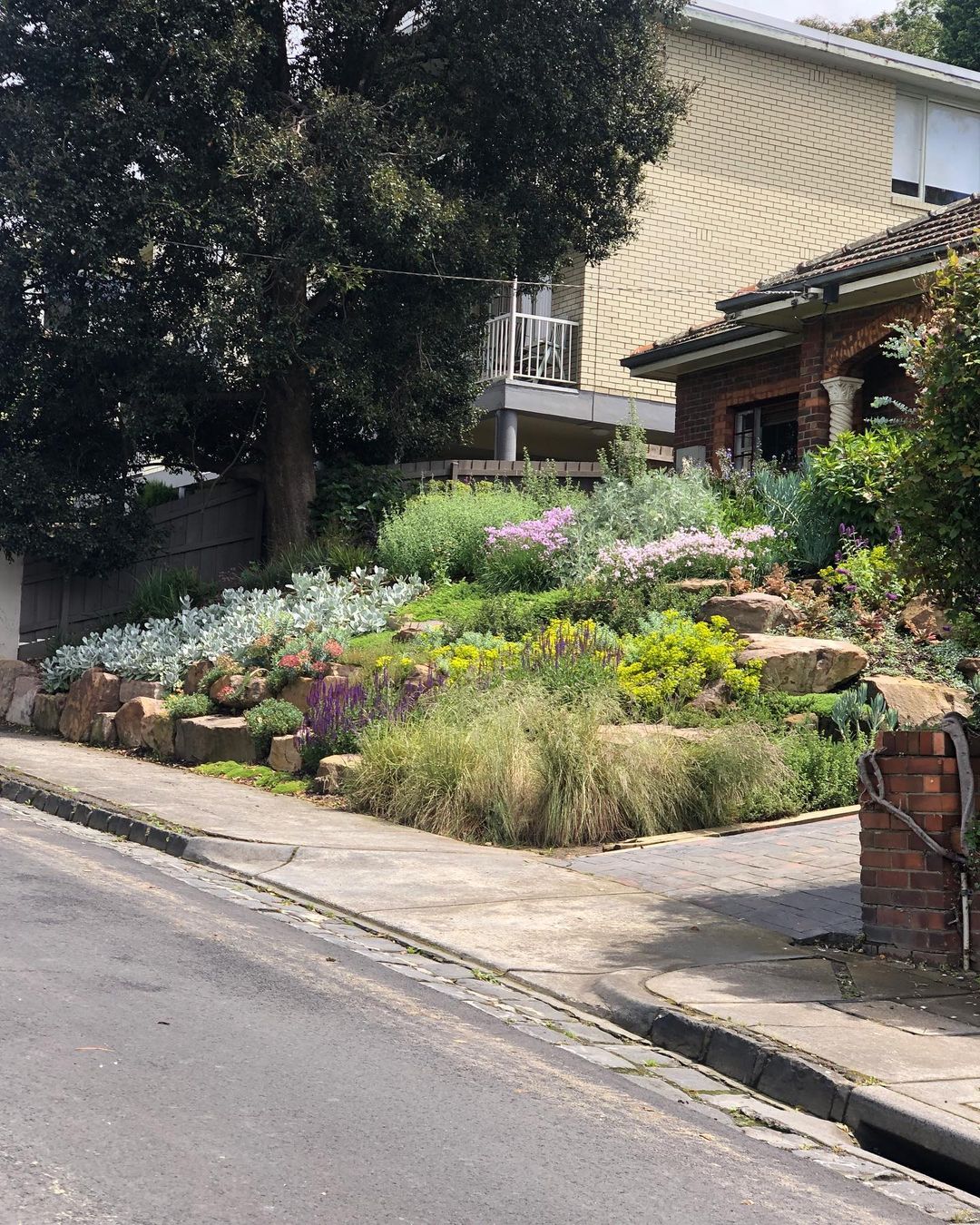
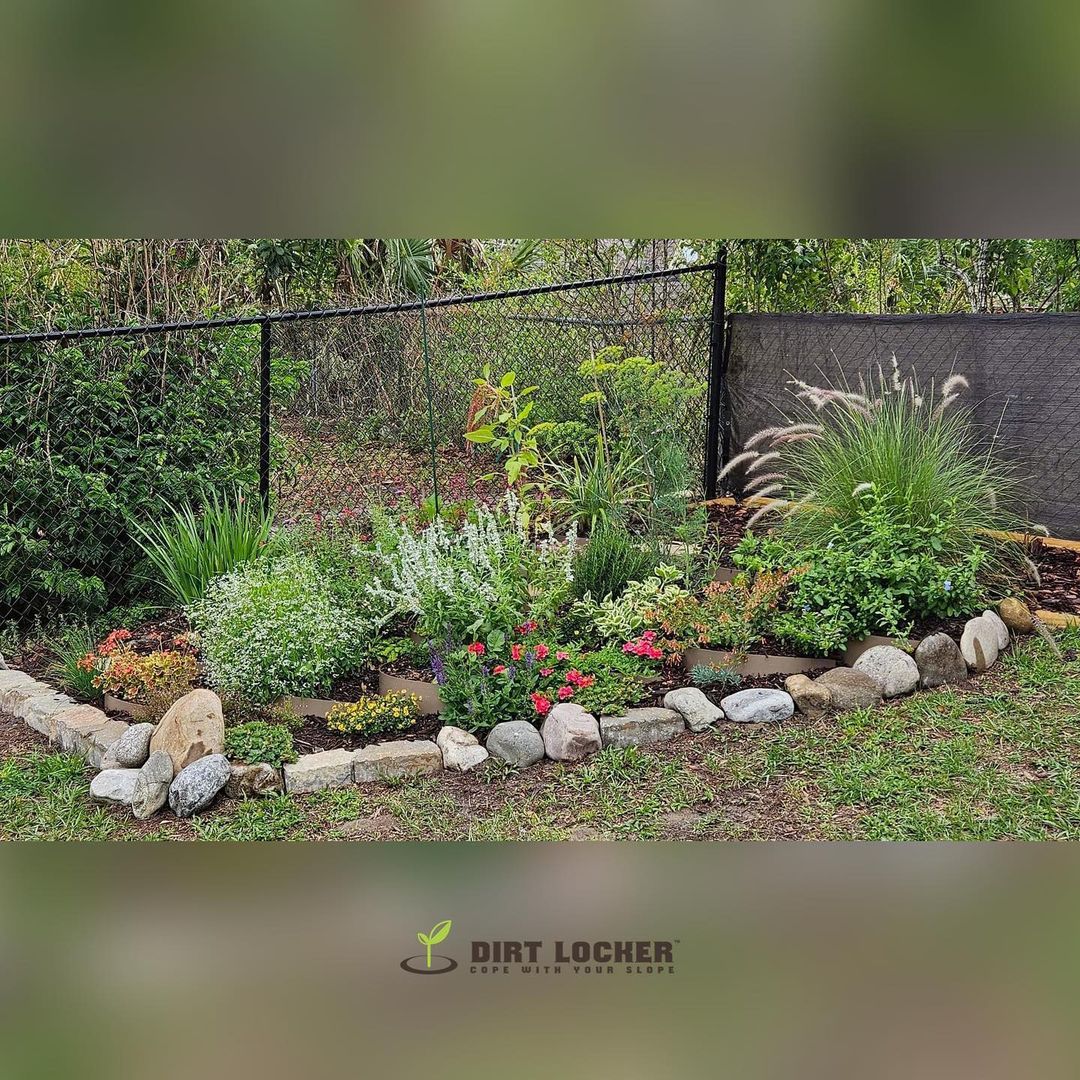
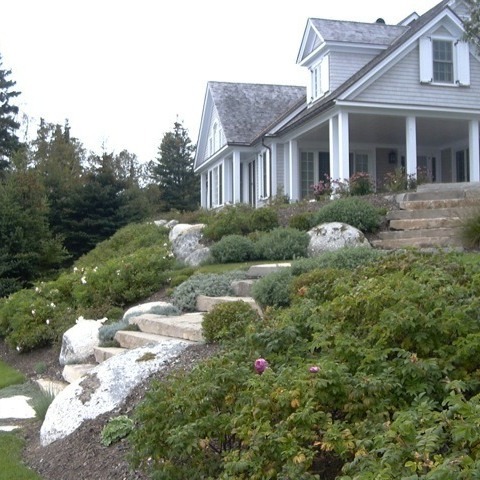
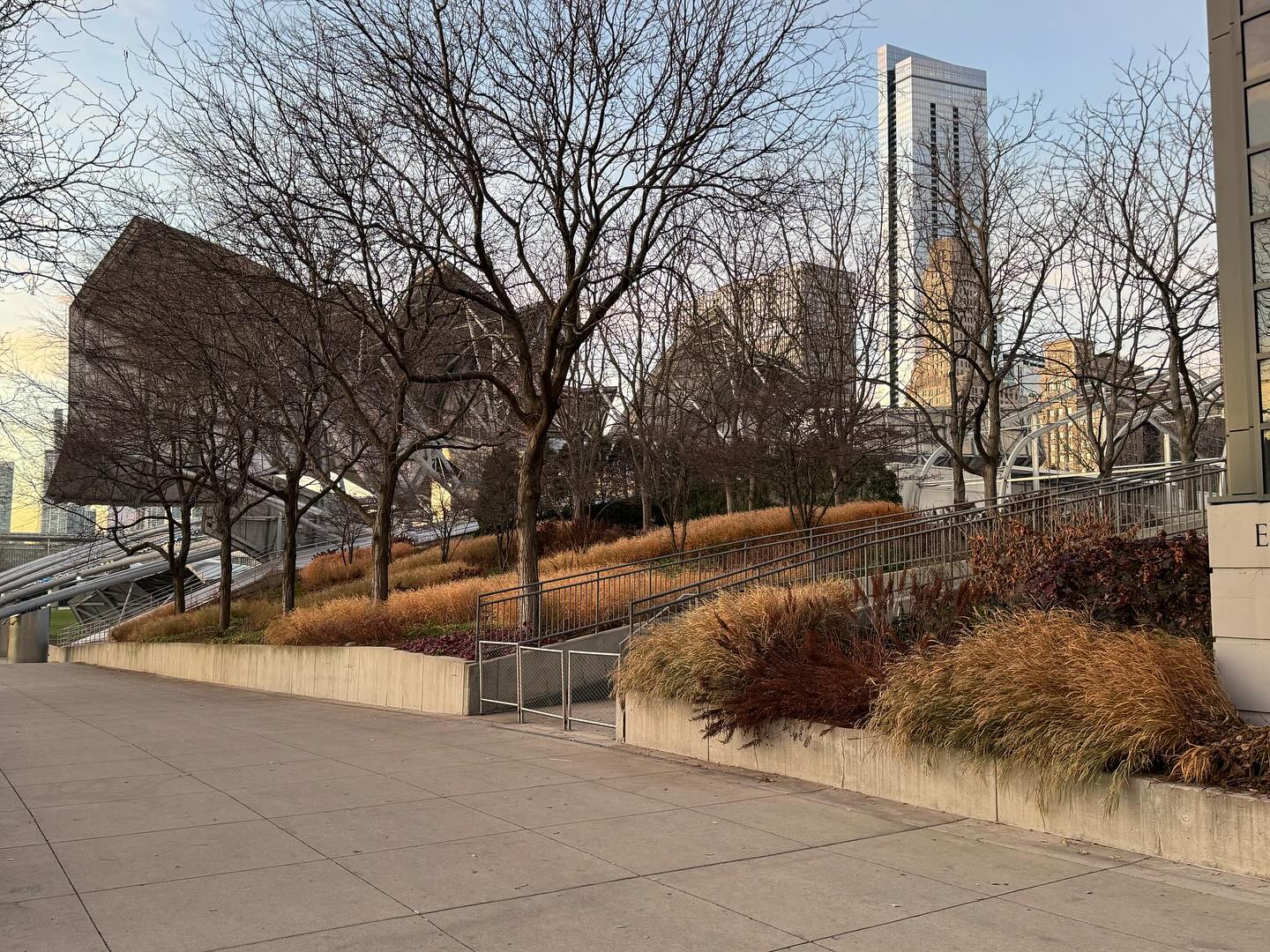
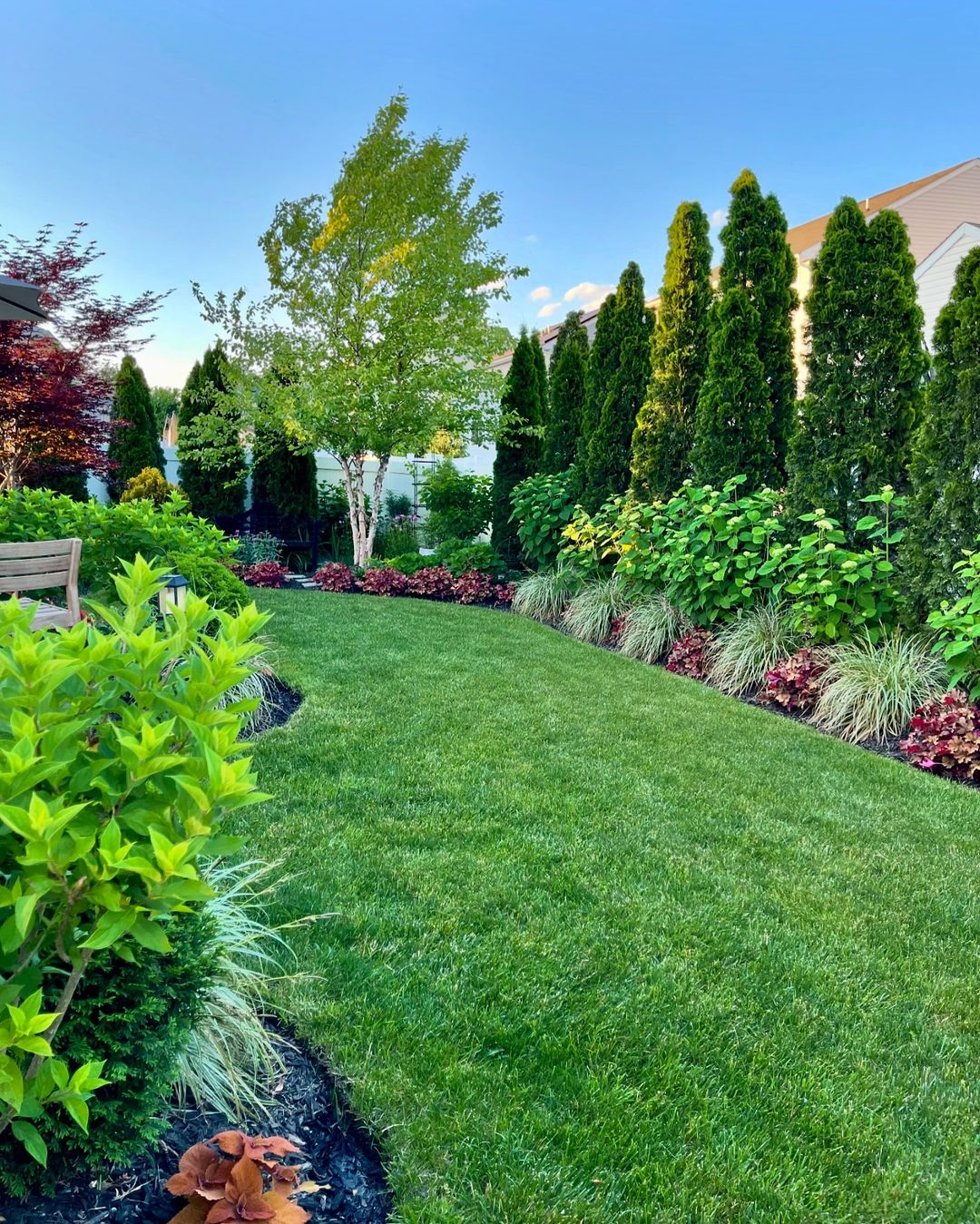
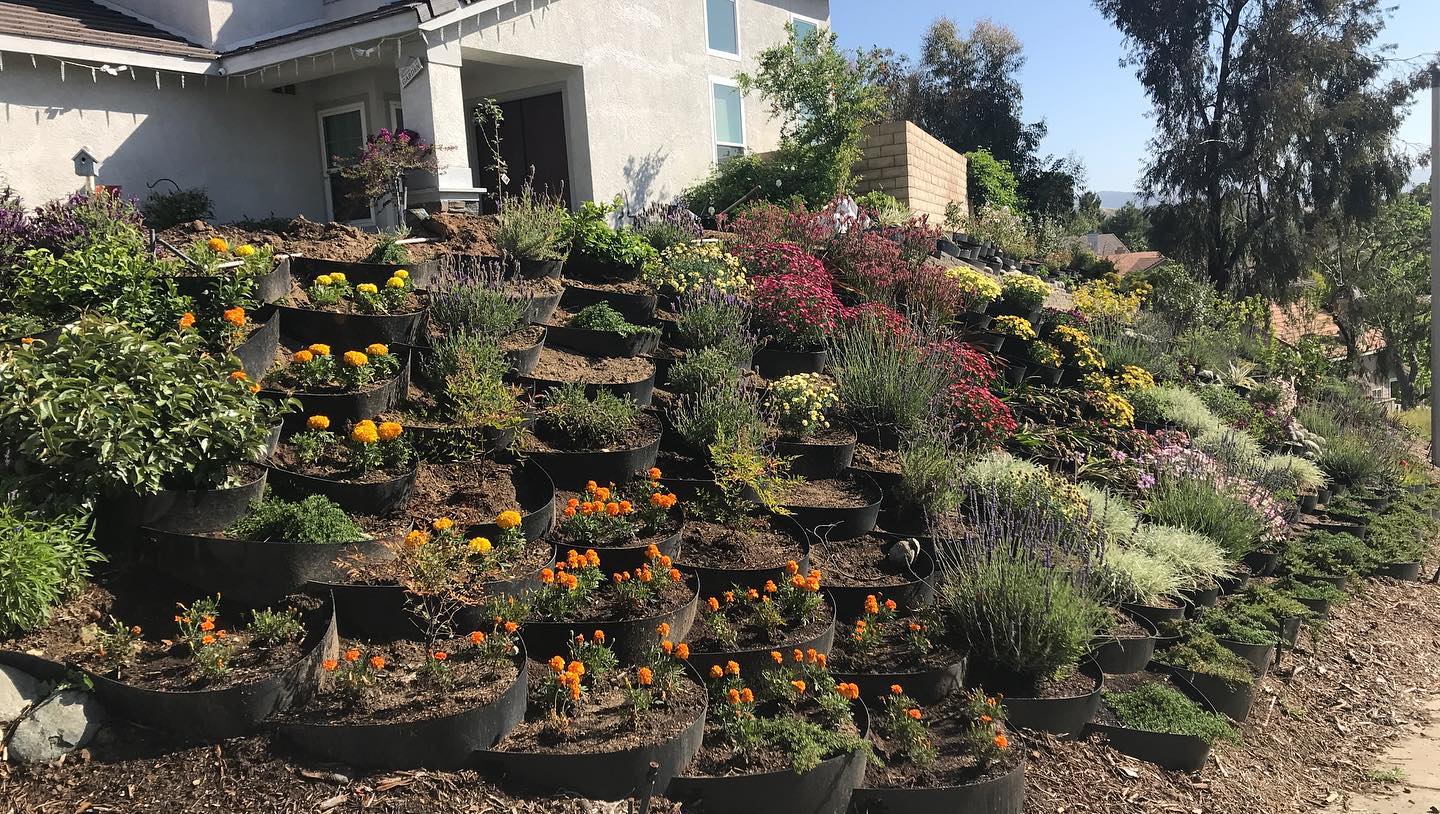
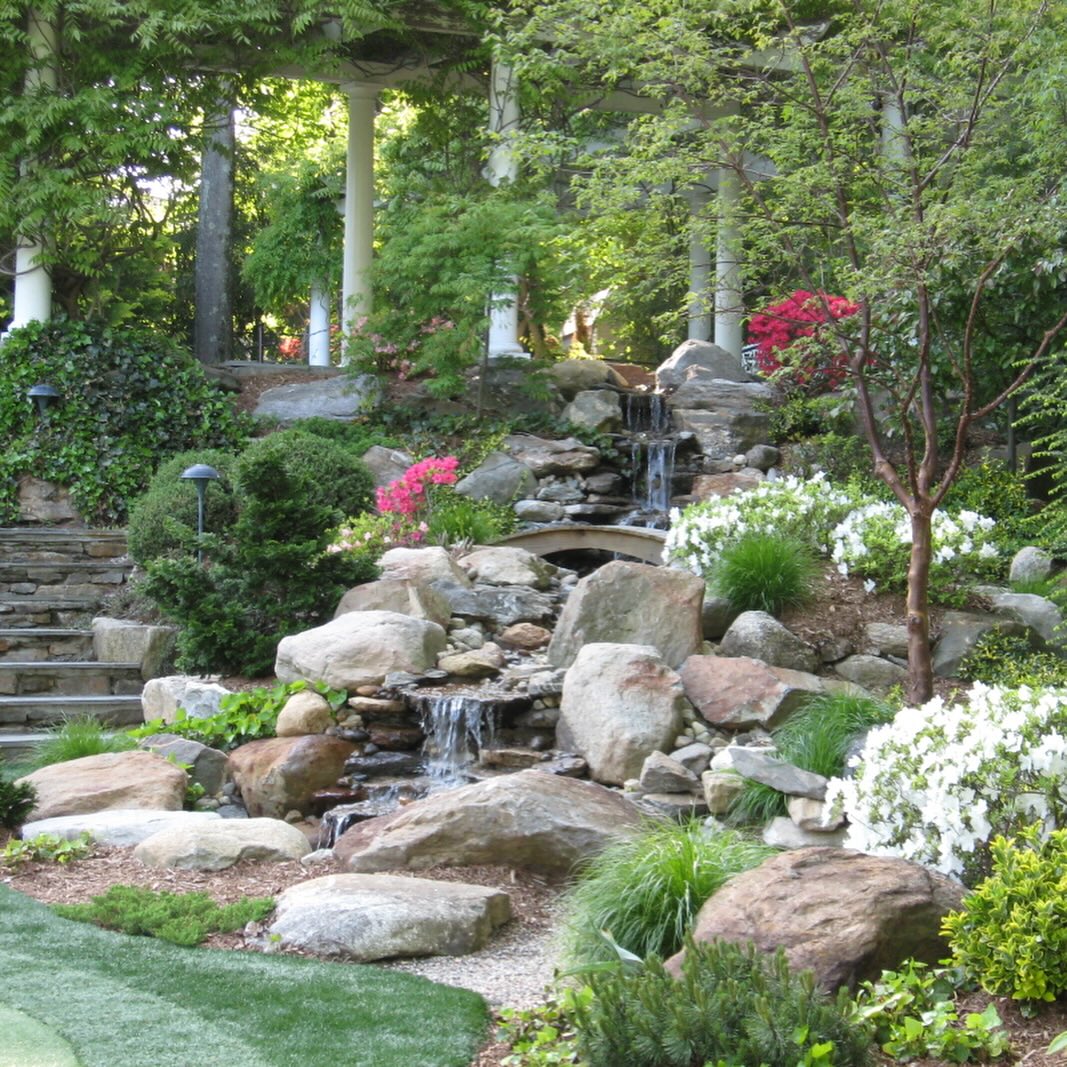
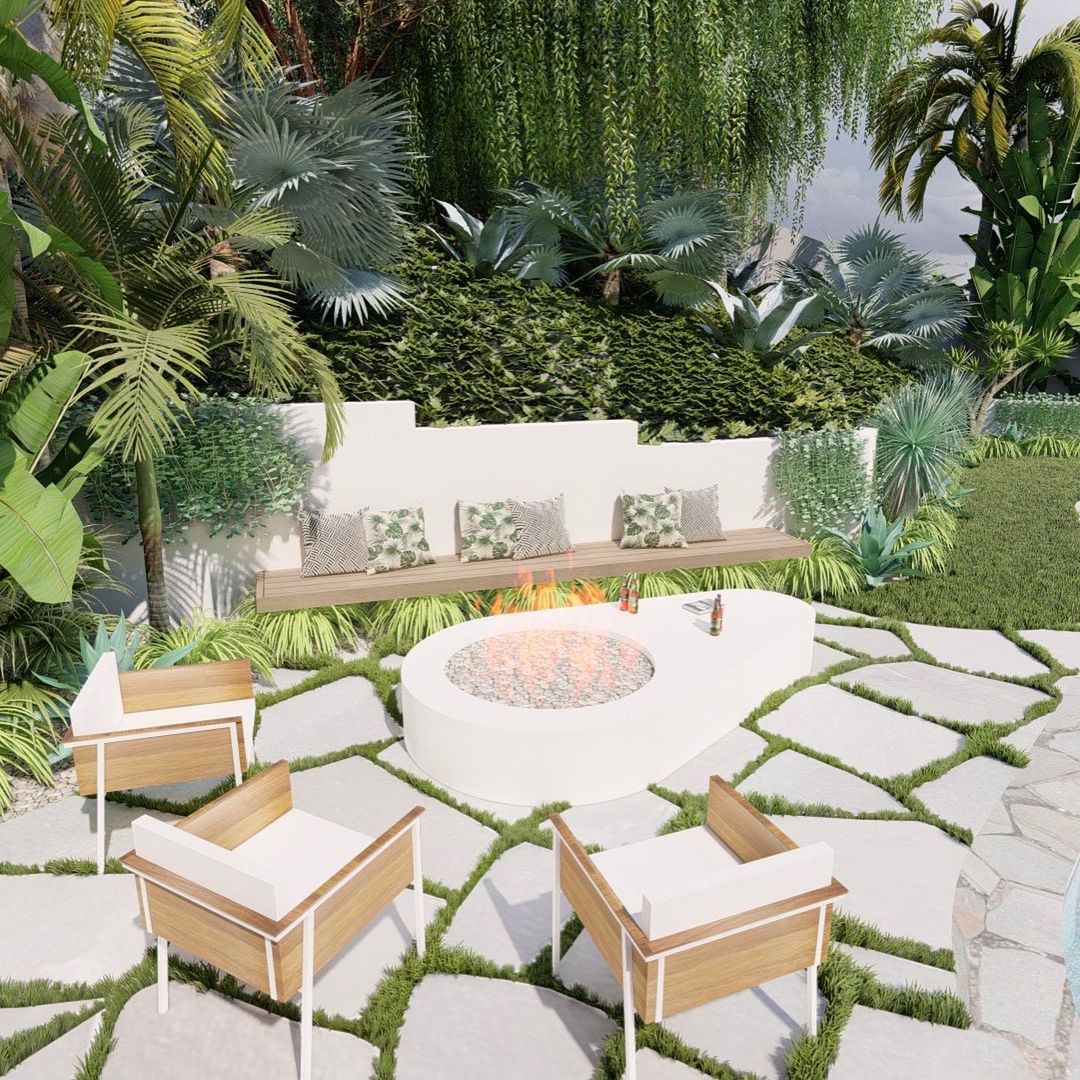
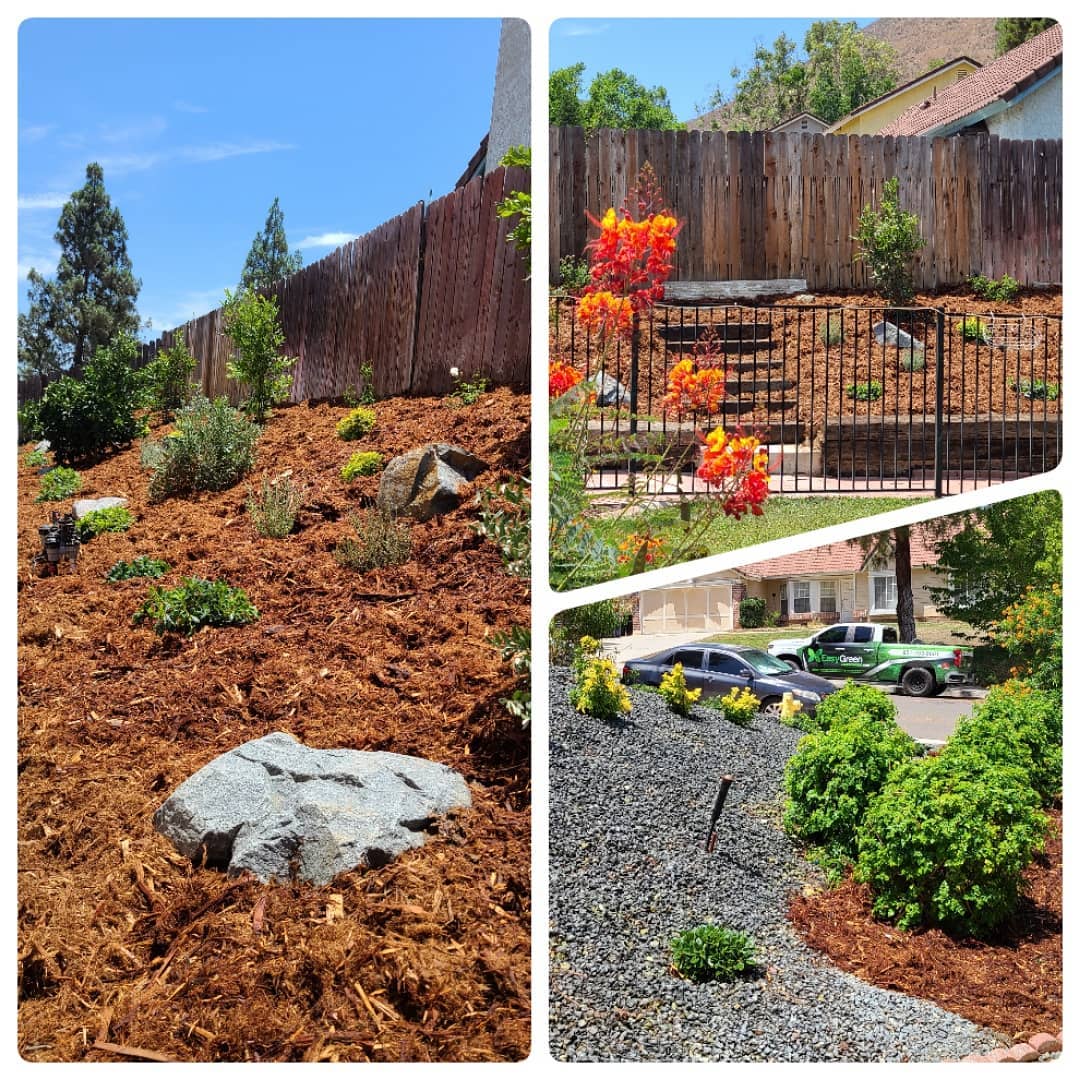
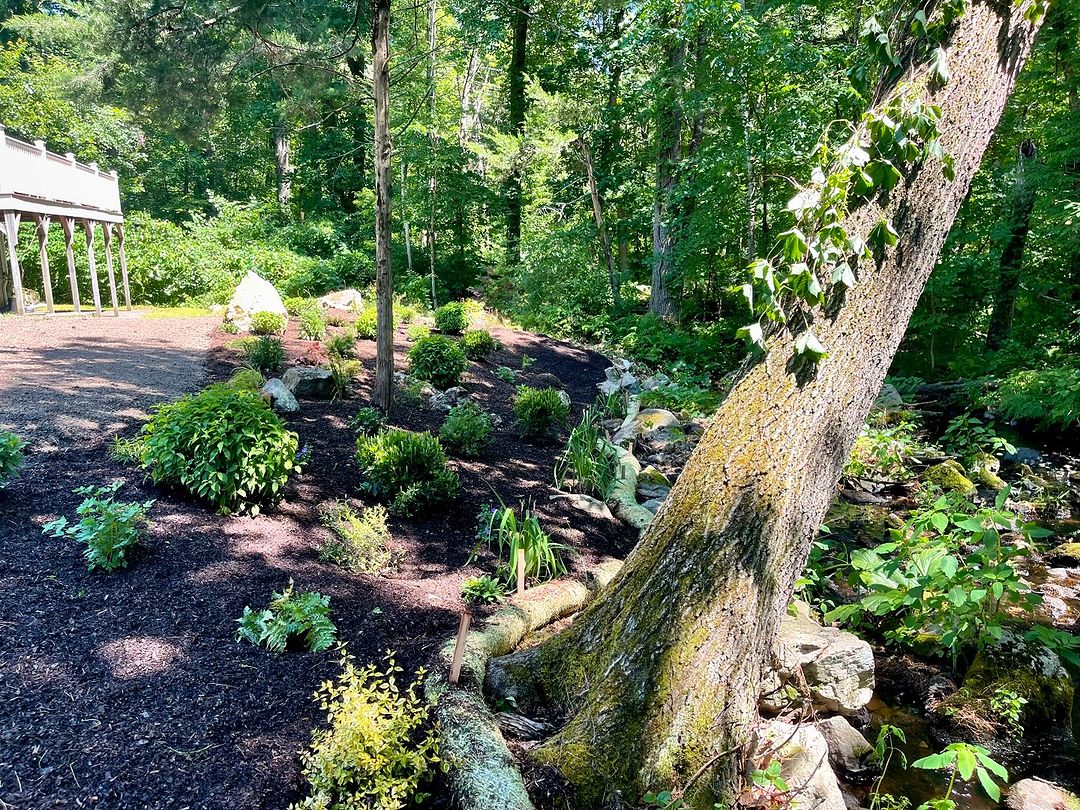
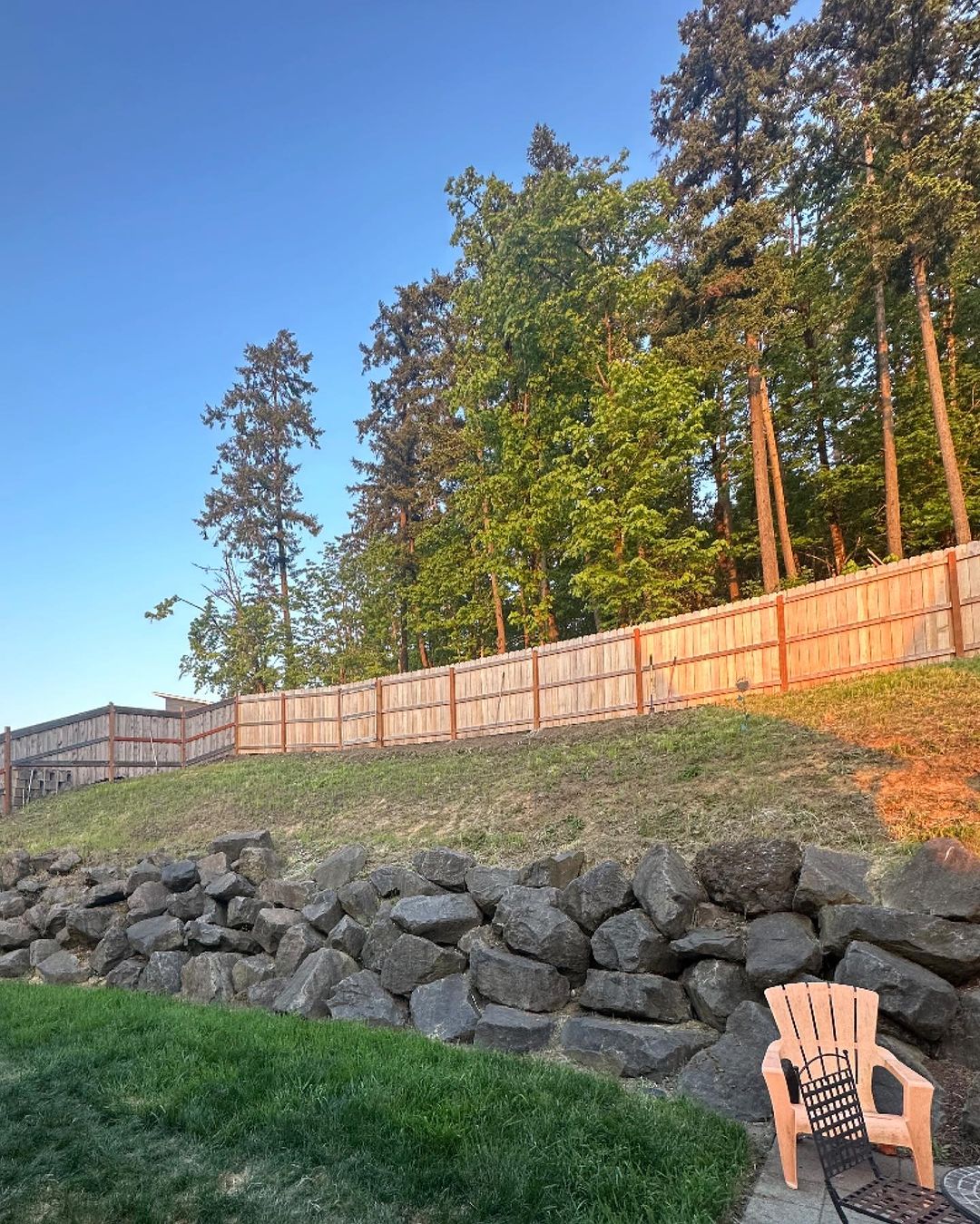
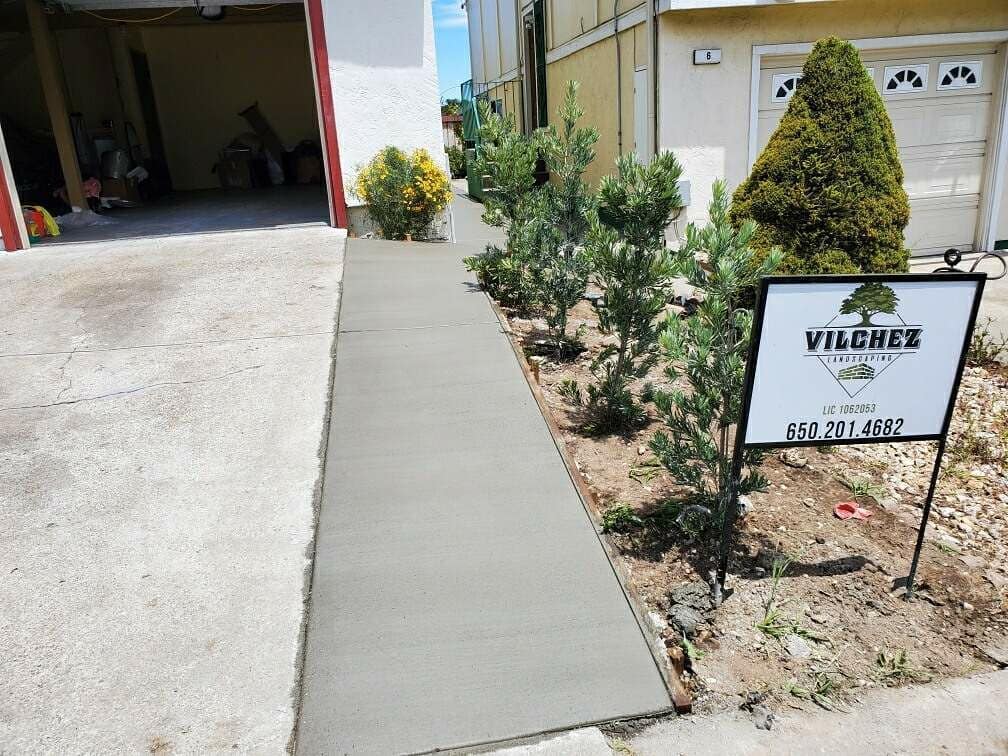
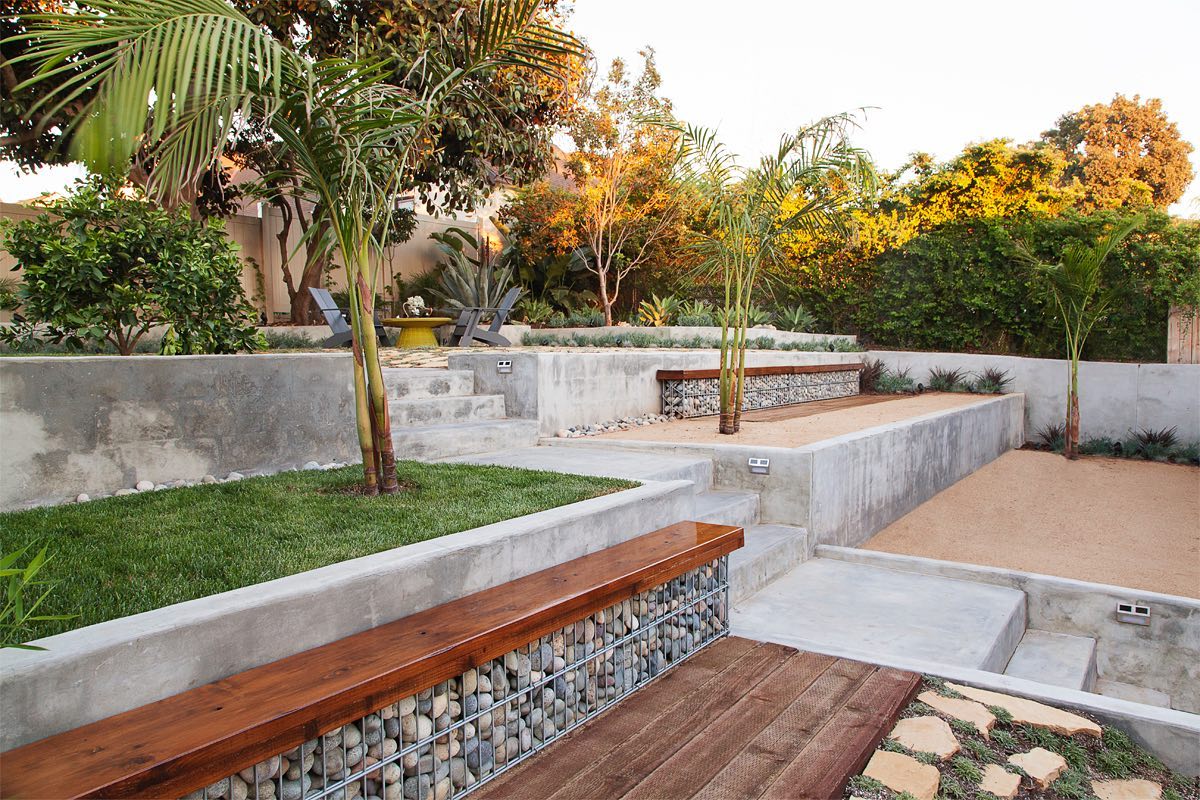
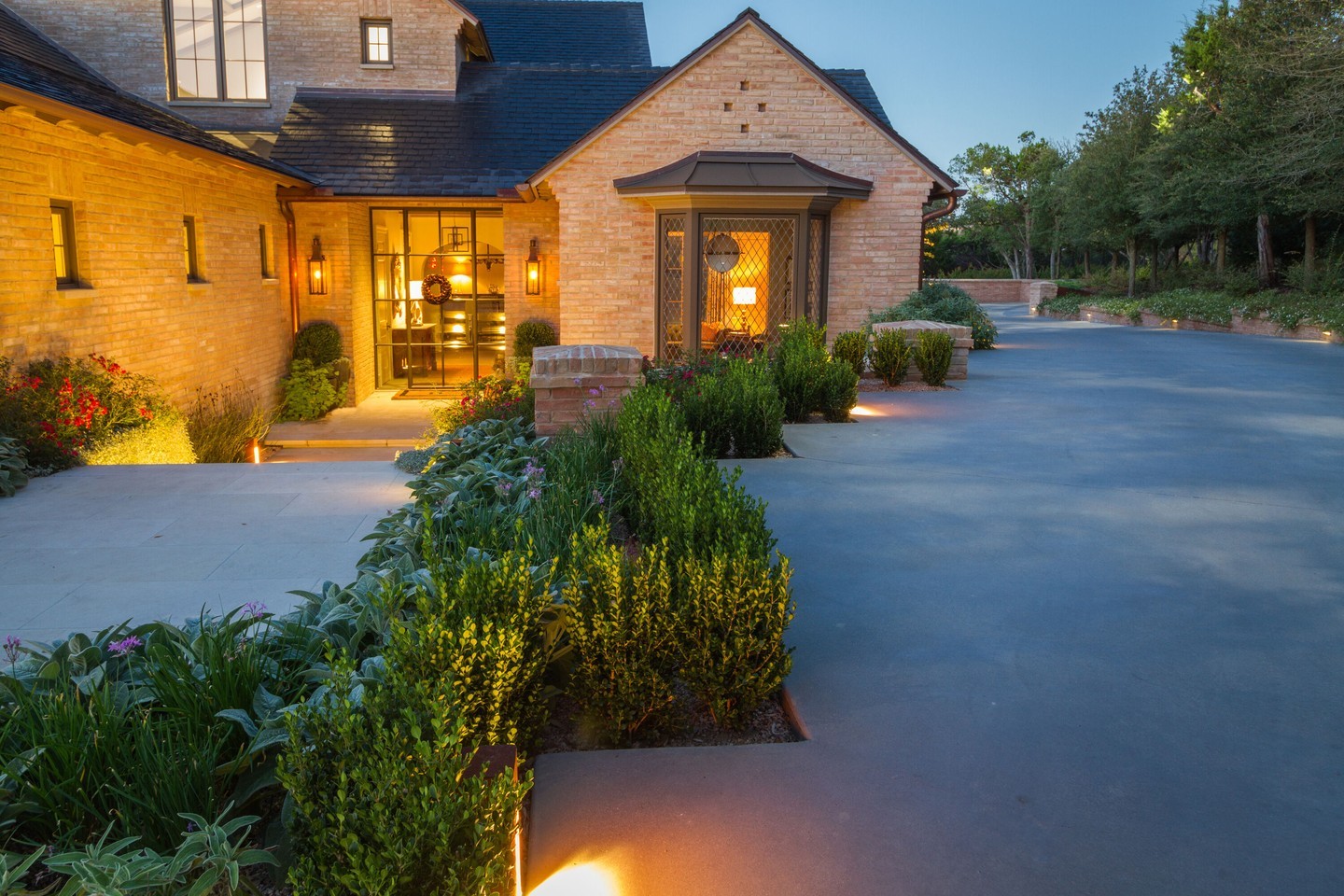
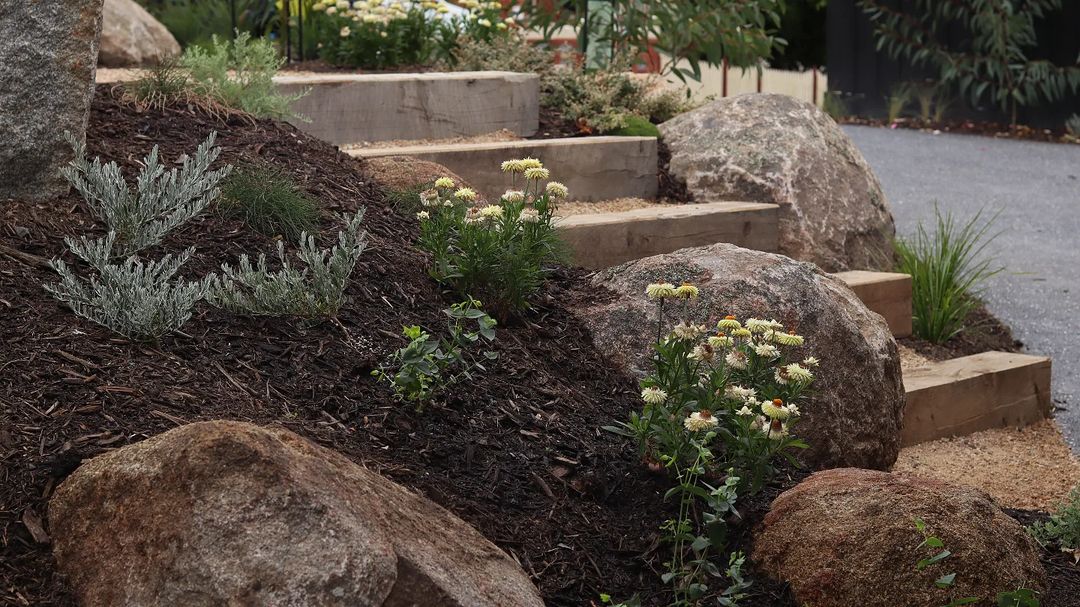
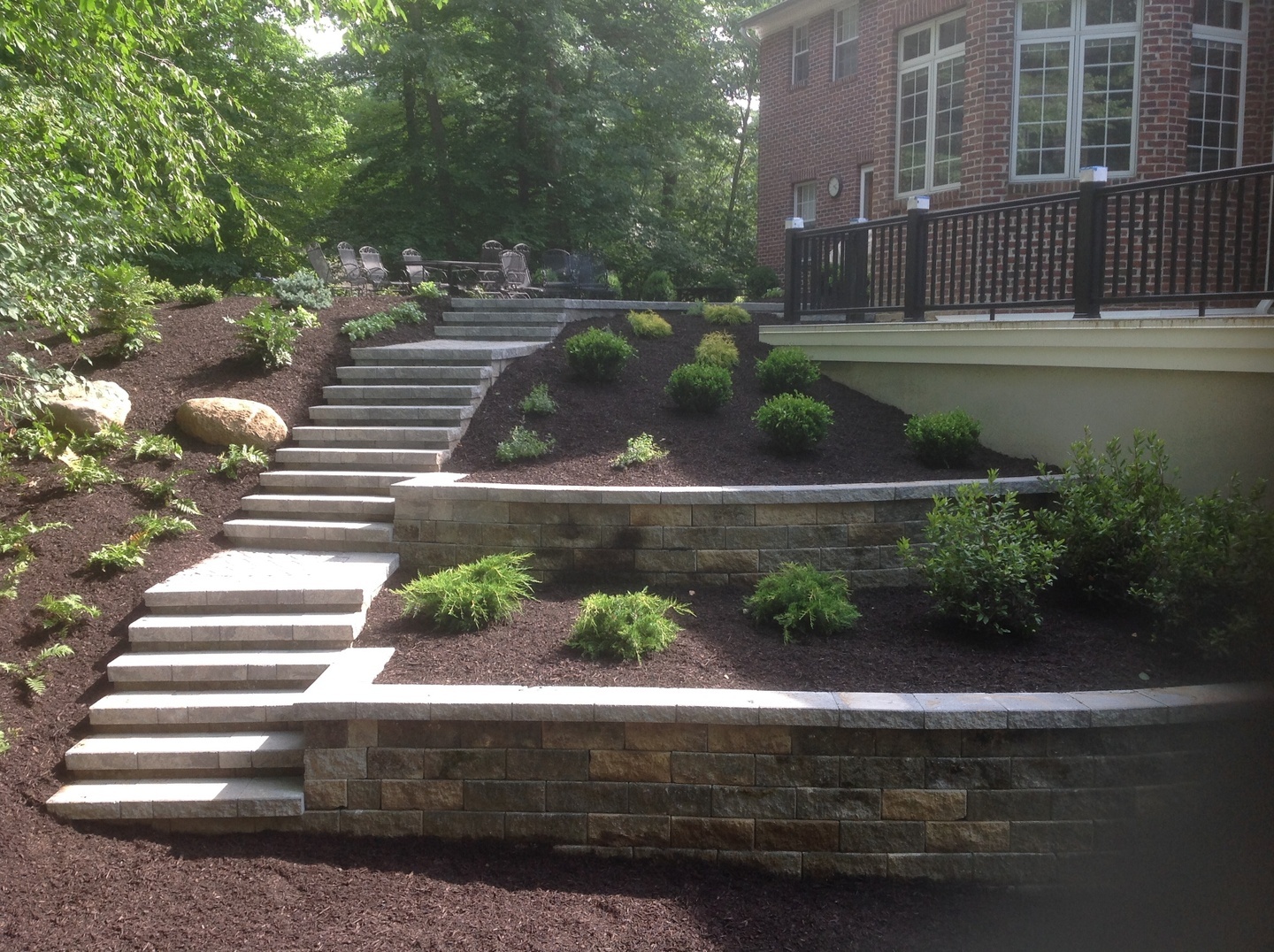

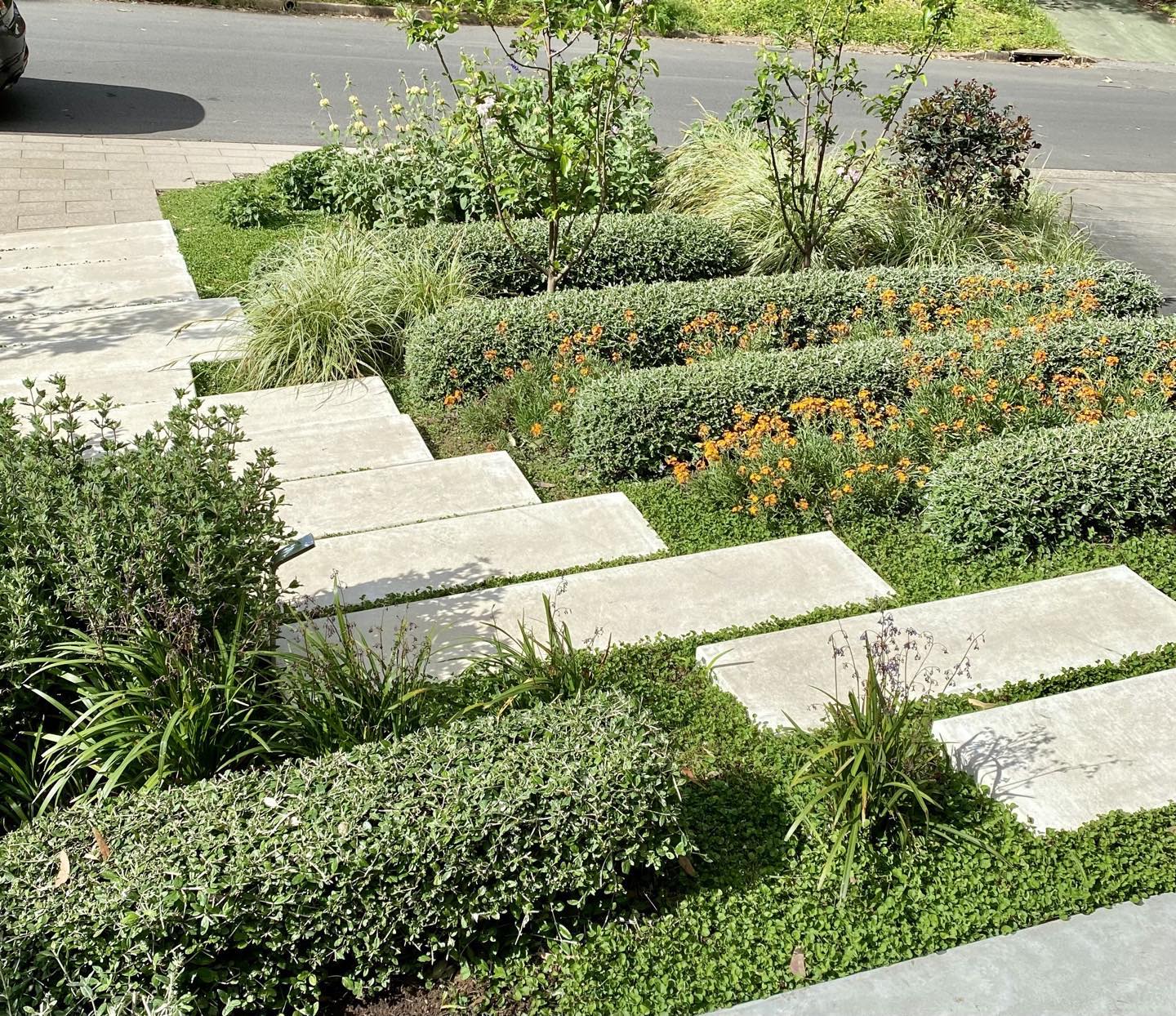
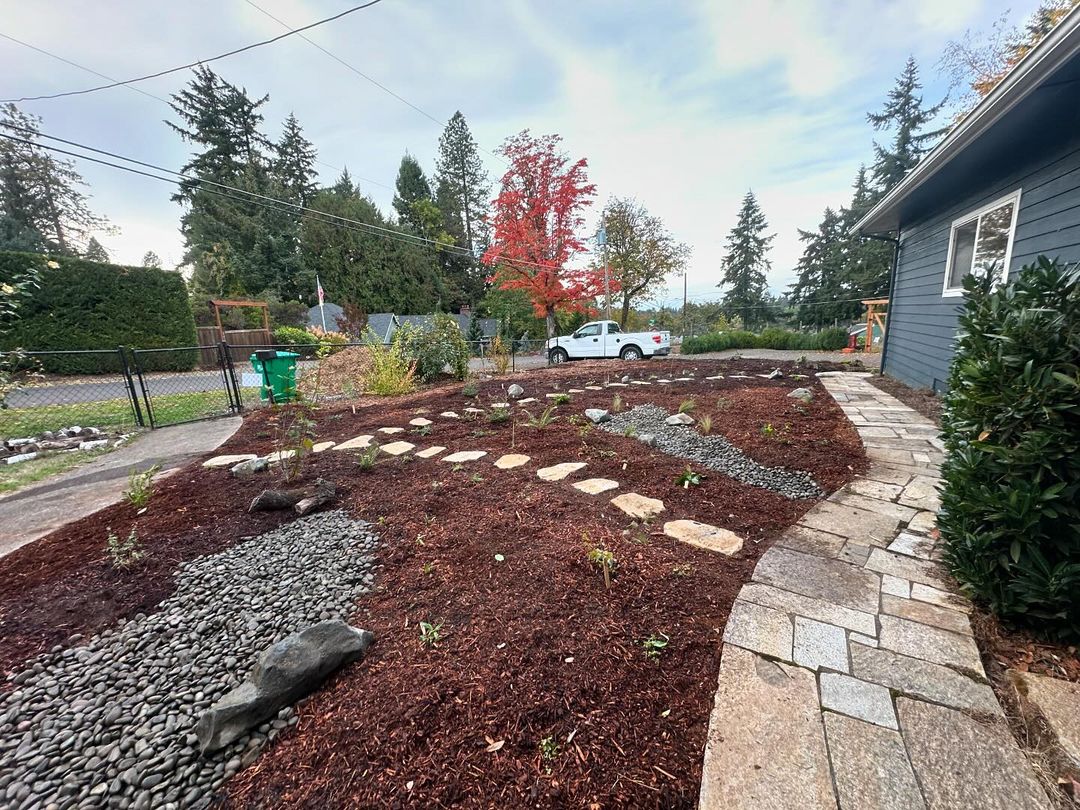


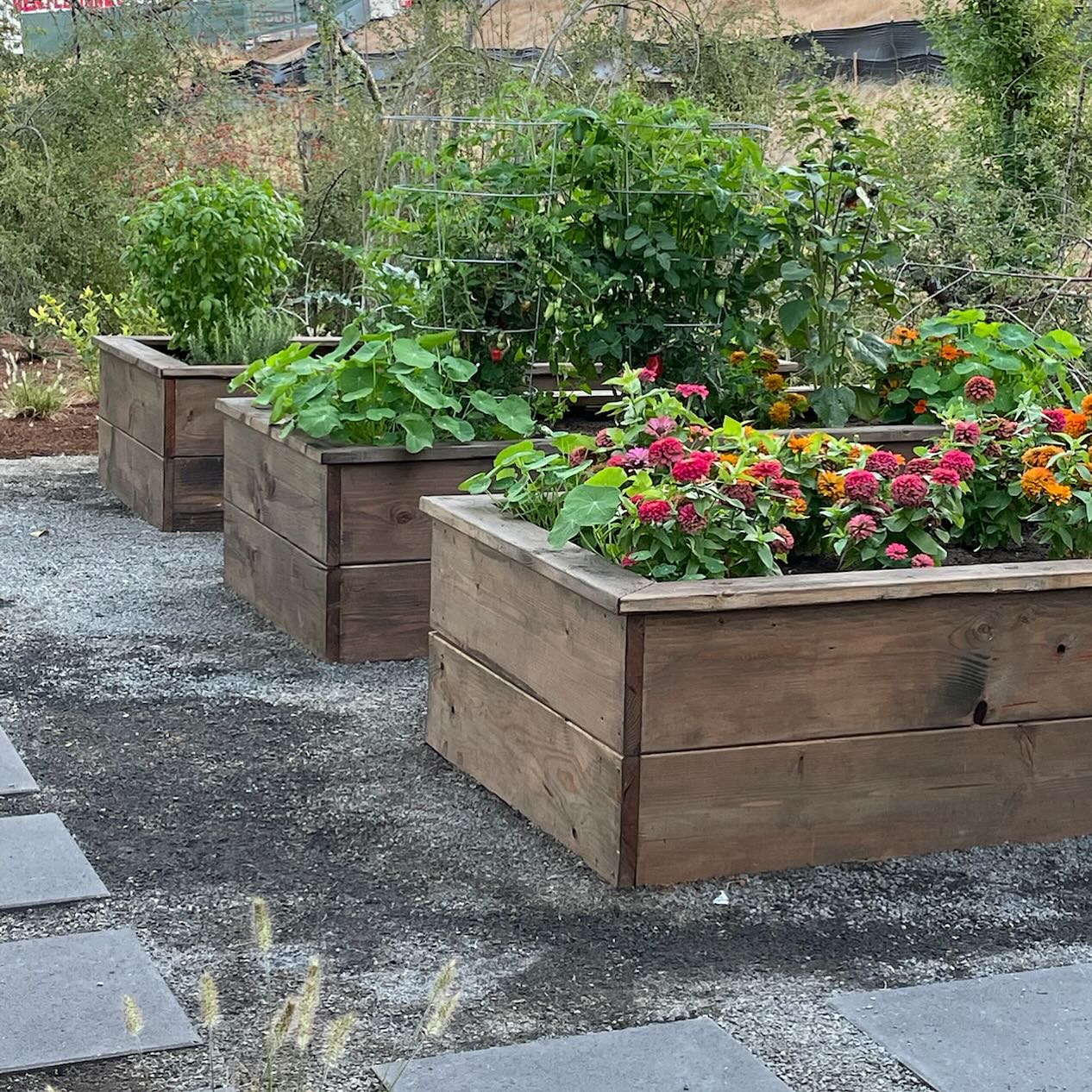
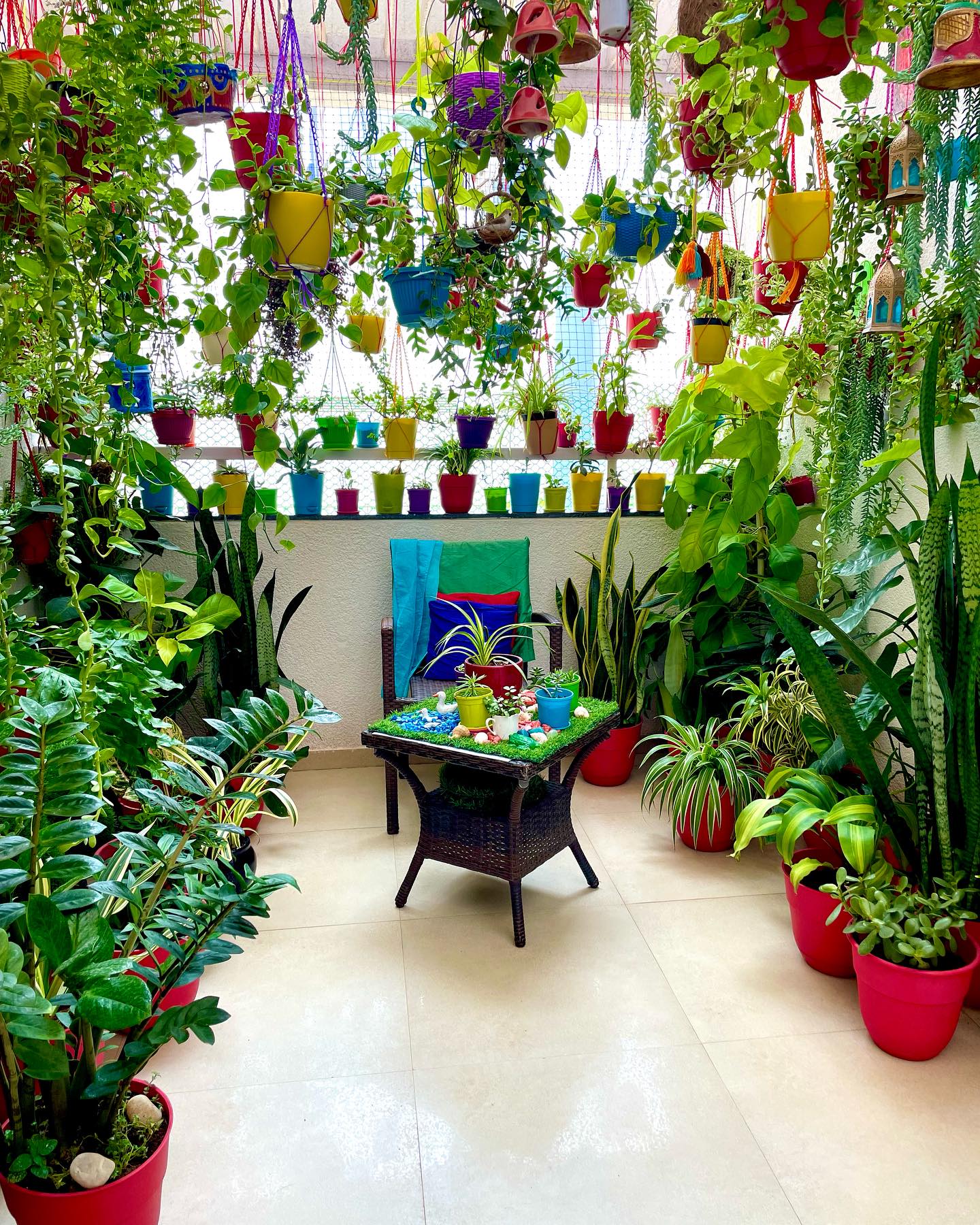
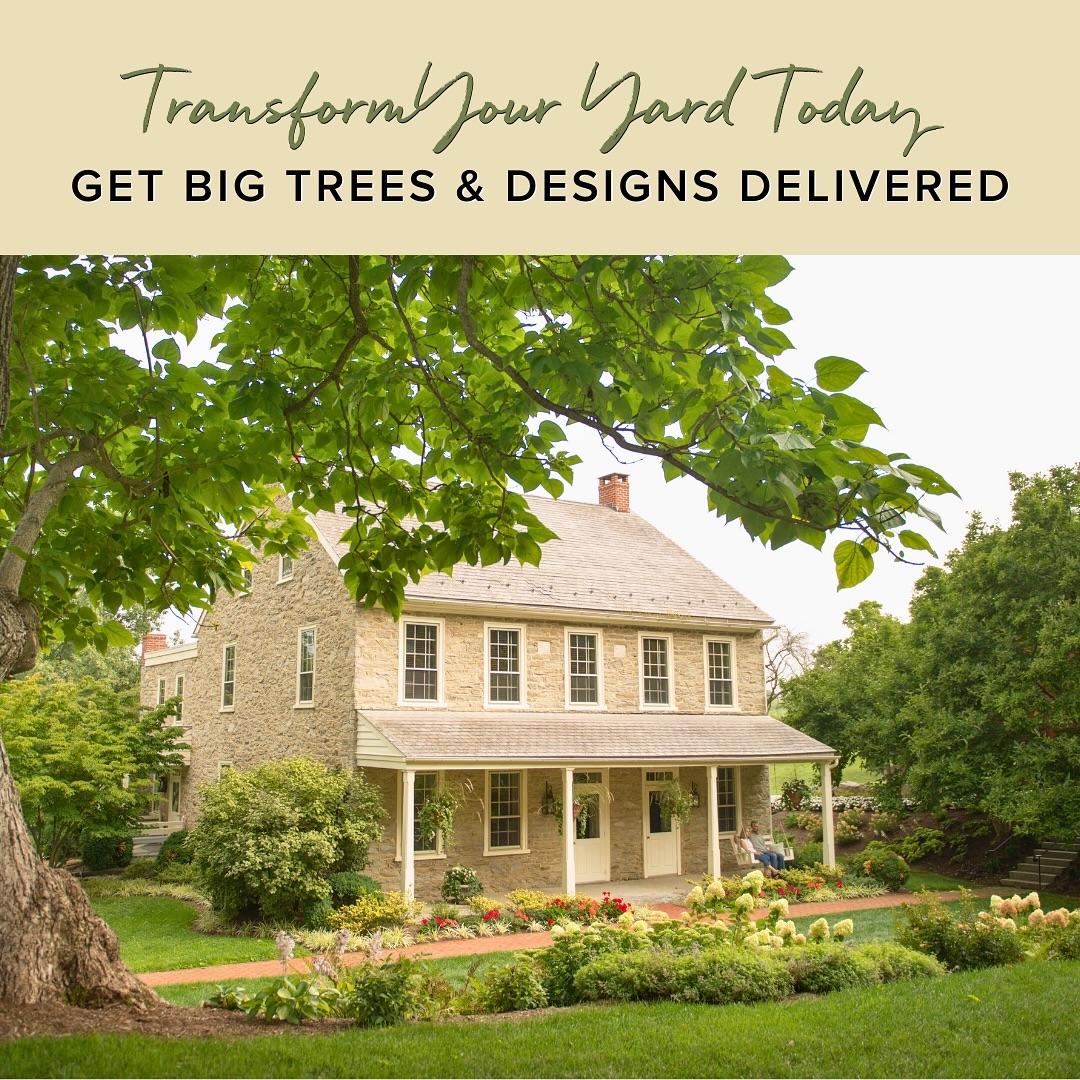
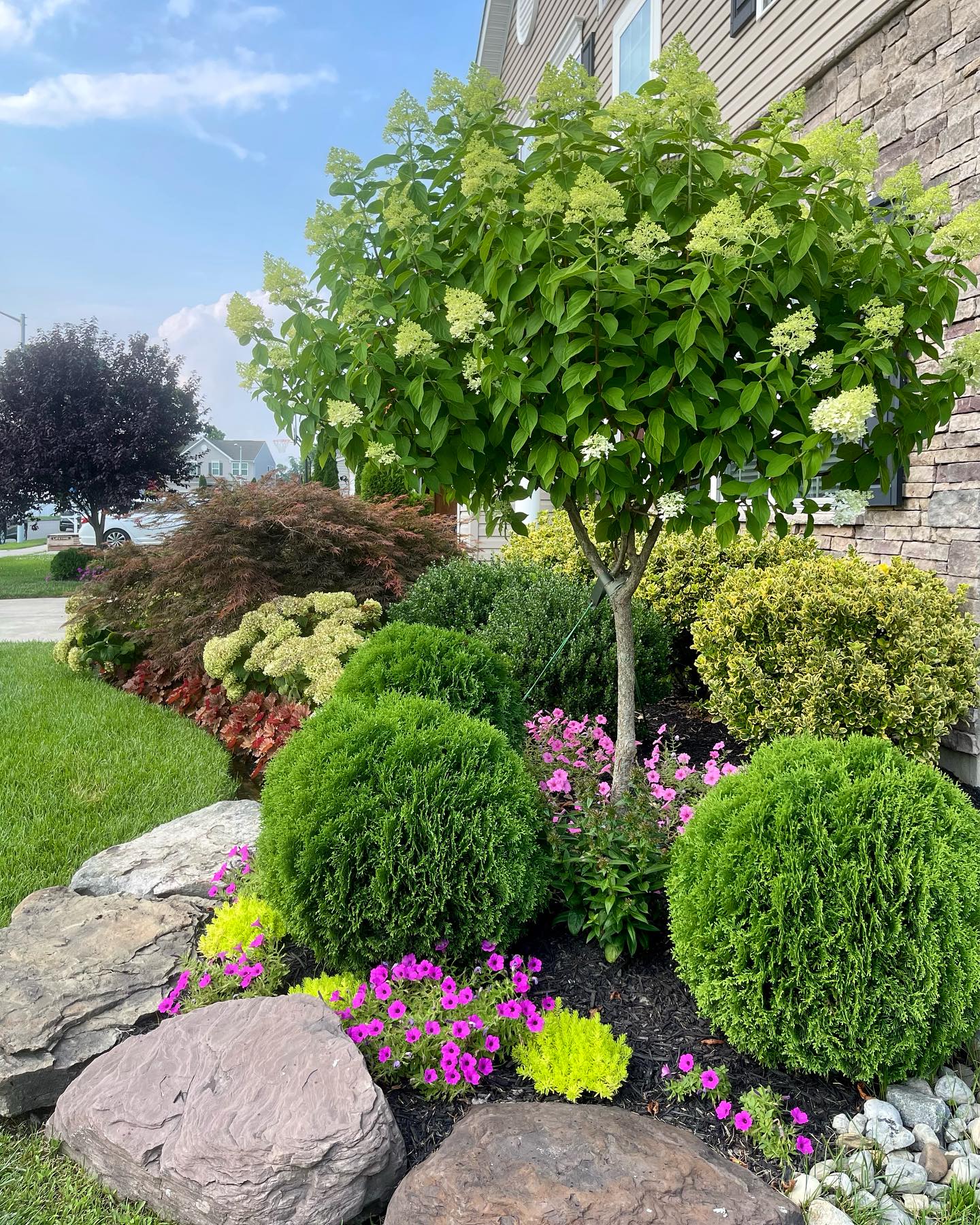
Comments